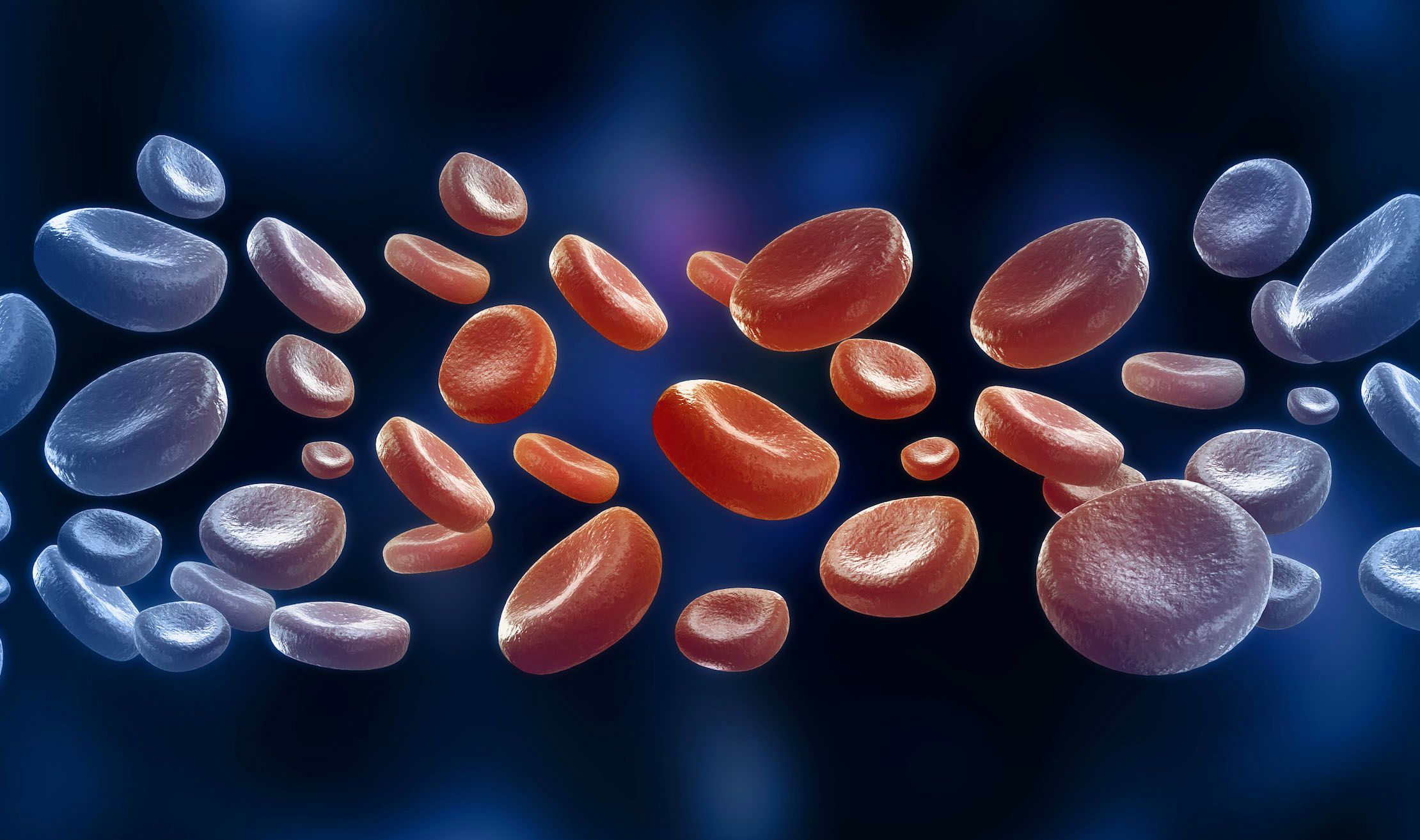Novel STAMP Inhibitor Asciminib Meets Primary End Point in Phase 3 Study of Chronic Myeloid Leukemia
The primary end point of statistically superiority in major molecular response rate at 24 weeks was met with asciminib versus bosutinib as treatment of patients with Philadelphia chromosome-positive chronic myeloid leukemia in chronic phase in the phase 3 ASCEMBL study.

The primary end point of statistically superiority in major molecular response (MMR) rate at 24 weeks was met with asciminib (ABLOO1) versus bosutinib as treatment of patients with Philadelphia chromosome (Ph)-positive chronic myeloid leukemia in chronic phase (CML-CP) who had received at least 2 prior lines of tyrosine kinase inhibitor (TKI) therapy in the phase 3 ASCEMBL clinical trial, Novartis announced in a press release.1
While the recent advances in the treatment landscape of CML have appeared promising, many patients are still at risk for disease progression and there may be an association between increased resistance or intolerance and sequential use of TKI therapy. This novel investigational agent may fulfill this unmet need.
“Our ability to treat patients with TKIs changed CML care forever. However, the risk of disease progression is a reality for many patients – especially those who experience resistance to sequential TKI therapy or those who cannot adhere to treatment due to the daily impact of intolerable side effects16,” said John Tsai, MD, Head of Global Drug Development and Chief Medical Officer, Novartis. “We are incredibly grateful to the patients and investigators around the world who participated in this study. These results with asciminib are a testament to our commitment to further transform CML care – this time through STAMP inhibition, by exploiting a natural regulatory mechanism of the ABL kinase.”
This study was a multicenter, open-label, randomized clinical trial designed to compare asciminib with bosutinib as treatment of patients with Ph-positive CML-CP who have been previously treated with at least 2 TKIs, and the study included those who had failed or became intolerant to their most recently administered TKI.
Asciminib targets the ABL myristoyl pocket (STAMP), and as a STAMP inhibitor, this therapy may address challenges with TKI-resistance and intolerance in later lines of treatment for patients with CML. The agent is under evaluation in several clinical trials for patients with CML across multiple lines of treatment, including in earlier lines of therapy.
The company plans to submit the full data from the ASCEMBL for presentation at an upcoming medical meeting. The results will also be shared with regulatory authorities. The FDA has granted asciminib a Fast Track designation as well.
Data from an earlier phase 1 study (NCT02081378) of asciminib have been presented previously during the 24th Congress of the European Hematology Association (EHA) in 2019. The trial evaluated asciminib in combination with ATP-competitive TKI treatment in a heavily pretreated population of patients with Ph-positive CML-CP.2
Patients in the study received 1 of 3 different combination regimens, which all included asciminib in addition to either nilotinib (Tasigna), imatinib (Gleevec), or dasatinib (Sprycel). It is important to note that in this study, each combination was evaluated in a dose-finding study assessing different dose levels of asciminib, so the data are not comparable across the 3 study treatment arms.
Among patients who had not achieved BCR-ABL1 International Scale <1% by 48 weeks at baseline, 60% achieved a molecular response <1% with the combination of asciminib plus imatinib, 43% in the asciminib plus nilotinib arm, and 56% in the asciminib plus dasatinib arm. Among the patients that did not have MMR at baseline, by 48 weeks, 42% in the imatinib arm achieved MMR with a median treatment exposure of 54.6 weeks, 31% in the nilotinib arm, and 36% in the dasatinib arm.
No patients who had MMR at baseline lost the response due to treatment, and all combinations appeared tolerable. In the imatinib arm, the most common any grade AEs included nausea (32%), increased lipase (20%), abdominal pain (16%), peripheral edema (16%), and vomiting (16%). The most common any grade AEs in the nilotinib arm included myalgia (35%), increased lipase (29%), increased amylase (24%), fatigue (24%), and pruritis (24%), and in the dasatinib arm, these included increased lipase (35%), diarrhea (18%), headache (18%), and nausea (18%).
References
1. Novartis investigational novel STAMP inhibitor asciminib (ABL001) meets primary endpoint of Phase III chronic myeloid leukemia study. News Release. Novartis. August 26, 2020. Accessed August 26, 2020. https://bit.ly/2Qpmc7c
2. Novartis continues to innovate in CML with long-term treatment-free remission results following Tasigna® use and promising combination data with investigational compound asciminib (ABL001). News Release. Novartis. June 14, 2019. Accessed August 26, 2020. https://bit.ly/2YD4MZp
First Dose of CD38-Targeting CAR T-Cell Therapy Administered in AML
January 22nd 2025The first patient with relapsed/refractory acute myeloid leukemia has received KJ-C2320, an allogeneic CAR T-cell therapy targeting CD38 and developed using the THANK-uCAR platform, in an investigator-initiated trial in China.
Read More